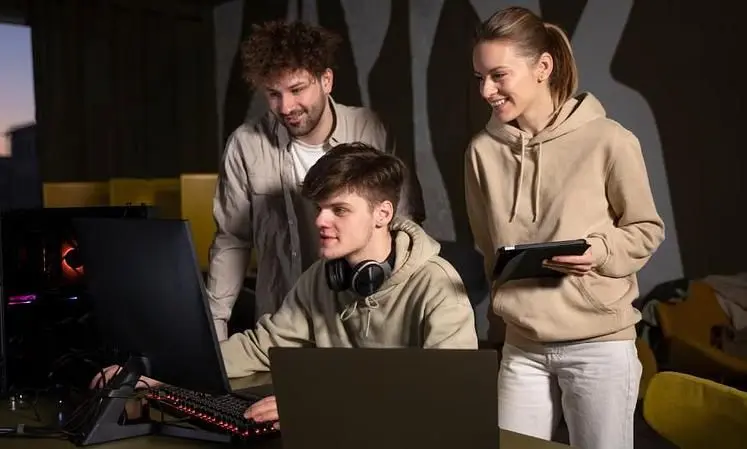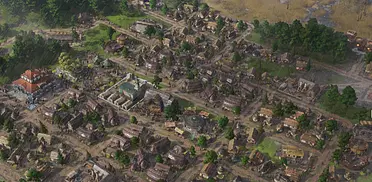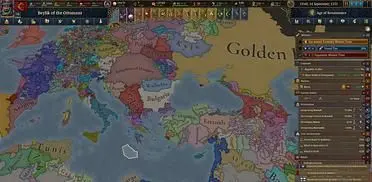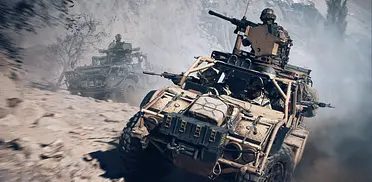Game mods are user-made changes to existing video games. This process, known as modding, mixes creativity with technical skill. It can involve altering graphics, adjusting rules, or adding new levels. In modern education, modding offers a hands-on way to teach students coding while linking entertainment with logic and design. Through modding, learners see how software structure connects with artistic ideas. They also test problem-solving methods and develop systems thinking. Educators use it to build project-based lessons that merge theory with practice.
The next sections will show how modding connects to university education, learning behaviour, and creative chaos as a base for innovation.
Game Mods and Academic Learning
Many universities now add game modification projects to their teaching in computer science, digital art, and educational technology. Students learn to change or expand existing games to test coding, logic, and design ideas. These projects copy real software development cycles. They involve planning, testing, and fixing errors, which helps learners build strong problem-solving skills. In digital art courses, modding tasks help students mix visual design with code, forming links between creative and technical thinking.
Some students feel pressure from the workload and deadlines with academic assignments. They often search online for help and type write my paper or write a research paper for me cheap to manage stress. Others request a paper writing service when facing heavy project demands. In some cases, they even ask, write a paper for me to meet submission goals.
Academic staff use modding to teach collaboration and clear documentation. Students must explain each change, test performance, and justify design choices. This method connects theory with practice and trains learners to think like developers and designers. For many, writing a research essay on modding becomes an important reflection on how games can shape future digital education.
Coding Game Ideas Born from Mods
Game mods often inspire new coding game ideas for use in classrooms. Students who modify existing games test how small code changes can shape complex systems. This process helps them see how algorithms and logic form digital behaviour.
Several famous mods later became full projects. Counter-Strike began as a mod of Half-Life and grew into a complete tactical game. Dota started from Warcraft III map edits and led to an entire game genre. In education, teachers use simple mods of Minecraft or Terraria to teach loops, events, and variables.
Modding turns abstract programming theory into visible results. Students can design functions, debug scripts, and test balance. This hands-on method links creativity with computational logic and supports active problem-solving.
| Coding Game Ideas | Origin Mod | Learning Focus |
|---|---|---|
| Tactical shooter simulation | Counter-Strike | Logic and teamwork |
| Multiplayer strategy | Dota | Algorithms and balance |
| Sandbox construction | Minecraft | Loops and events |
| 2D world builder | Terraria | Variables and testing |
Best Coding Games for Students and What They Reveal About Modding
The best coding games for students share many traits with game modification. Both methods rely on curiosity, testing, and error correction. Minecraft Education Edition, Scratch-based games, and CodeCombat teach logic and structure while letting students explore coding rules through practice.
In these games, players write commands, build systems, and solve tasks. Modding, in contrast, gives more freedom. It lets learners change existing games and design their own rules. One method follows a guided path, while the other depends on self-direction. Both paths train analytical thinking and creativity.
Instant feedback in coding games motivates students to refine code. The same feedback loop appears in modding when a single error breaks a function. Repeated testing and correction teach patience and accuracy. Together, coding games and modding represent two faces of learning, structured and open, each supporting skill growth through practice and discovery.
Coding Games for Beginners
Coding games for beginners often link with simple modding tasks that help new learners understand how code shapes digital systems. Editing small parts of a game such as textures, speed, or object behaviour teaches logic, scripting syntax, and cause-effect relations in a visual way.
Roblox Studio, and Scratch allow users to modify settings or add short code blocks. These small changes show how structure and function connect. A student who adjusts movement speed or scoring rules can see instant results and start forming programming intuition.
This method lowers entry barriers and supports gradual progress. Learners move from editing to writing full scripts as their confidence grows. Modding thus acts as a bridge between play and coding, turning simple edits into a foundation for deeper technical learning.
The Productive Chaos of Creativity
Chaos often becomes a productive force in creative learning. In modding, unexpected results force students to analyse, test, and rebuild. Errors are not failures but signals that guide discovery. This process mirrors how real developers adapt to complex systems.
When a mod in Skyrim breaks a texture or a GTA script crashes, students must trace code, find causes, and test fixes. Each correction strengthens cognitive flexibility and patience. Chaos, in this sense, turns frustration into insight. It shapes the habit of hypothesis testing and structured problem-solving.
Embracing mistakes often leads to new ideas. Many famous mods began as accidents that revealed hidden mechanics or new styles. Through disorder, learners develop adaptive thinking and creative confidence.
Key effects of productive chaos:
- Stronger debugging and logic skills
- Growth in resilience and experimentation
- Better transfer of learning to complex systems
Teaching Students to Code Beyond the Classroom
Game modding communities and coding games form learning spaces beyond formal classrooms. These networks bring students together through shared projects, open-source tools, and peer feedback. Learners watch tutorials, share scripts, and solve coding problems collectively. This kind of social learning builds confidence and problem-solving ability.
Modding also supports independence. Students take full ownership of their projects, make design choices, and test solutions. In this way, online collaboration helps students learn programming in a self-directed yet supported way.
When educators integrate modding with formal lessons, the result bridges structured instruction and creative exploration. Classroom theory gains real context through community projects. Outside the classroom, learners continue experimenting, helping each other, and expanding skills. This combined model strengthens digital literacy and shows how coding education can grow through shared practice.
For the latest gaming news, follow GameWatcher on BlueSky, check out our videos on YouTube. We sometimes include affiliate links in our posts, which grants us a small commission, thank you. Please support independent Games Media. ❤️






